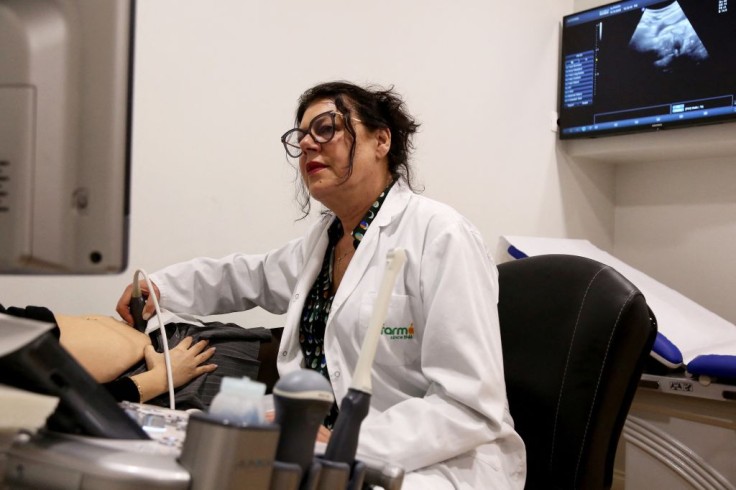
Undoubtedly, the anticipation of glimpsing your growing baby is immense, given the nine-month wait to see those precious, tiny features.
With advancements like 3D ultrasounds and 4D sonograms offering enhanced depth and detail, the urge to schedule a photo session is understandable.
However, before diving in, it's crucial to grasp the concepts behind 3D sonograms and 4D, 5D ultrasounds, their relevance in pregnancy, associated costs, and, above all, their safety for both you and your baby.
Revolutionizing Prenatal Imaging
3D Ultrasound
A 3D ultrasound provides a three-dimensional view of your baby by capturing multiple two-dimensional images from various angles and piecing them together to create a detailed rendering.
Unlike traditional 2D ultrasounds that offer a profile view, a 3D ultrasound presents a more comprehensive picture, akin to a character in a Pixar movie or a regular photograph.
According to Dr. Shannon Smith, a board-certified OB/GYN in Boston, Massachusetts, 3D ultrasounds are particularly useful for detecting abnormalities in facial features and the skeletal and central nervous systems.
4D Ultrasound
Similar to a 3D ultrasound, a 4D ultrasound adds the element of movement, resembling a video of your baby's activities in real-time. Dr. Smith notes that while 4D ultrasounds have been used for studying fetal behavior and movements like eye opening, thumb sucking, and heart activity, they are typically not medically indicated unless requested by the patient.
Moving to a 4D ultrasound adds a dynamic element, presenting a video-like experience of your baby's movements in real-time. While there are no specific medical reasons for a 4D ultrasound, it's an option often chosen for its engaging visual appeal.
5D Ultrasound
The latest innovation, 5D ultrasound, offers a realistic, flesh-toned view of your baby, providing clearer and sharper images with enhanced resolution. This technological advancement, known as HD or HD Live ultrasound, offers a more defined perspective, capturing moments like smiles and yawns with incredible detail.
This latest advancement in ultrasound technology offers a realistic view with flesh tones, providing incredibly clear and sharp images. This technology allows for a more defined and high-resolution visualization of your baby, capturing moments like smiles and yawns in the womb with remarkable clarity.
Getting an Ultrasound?
Fetal ultrasounds, developed in 1956 but widely adopted only in the 1970s, are now an essential part of prenatal care, serving as a valuable diagnostic tool when administered by trained medical professionals.
While generally safe, the FDA warns of potential biological effects such as tissue heating and cavitation from ultrasound waves. This caution extends to non-medical exposure, with ongoing concerns among scientists about potential impacts on fetuses. Further research is needed to fully understand the risks of repeated ultrasound exposure.
To ensure safety, the FDA advises obtaining ultrasounds, including advanced types like 3D, 4D, and 5D, exclusively from trained medical professionals at reputable medical centers.
They strongly discourage purchasing ultrasound images as keepsakes from commercial merchants, a sentiment echoed by Dr. Hakakha and supported by the FDA's safety advisory.
As an expecting mother, following the guidance or recommendation of your chosen OBGYN can help you navigate this decision moving forward.
Related Article: Baby Rashes 101: Essential Prevention Techniques for Healthy Skin